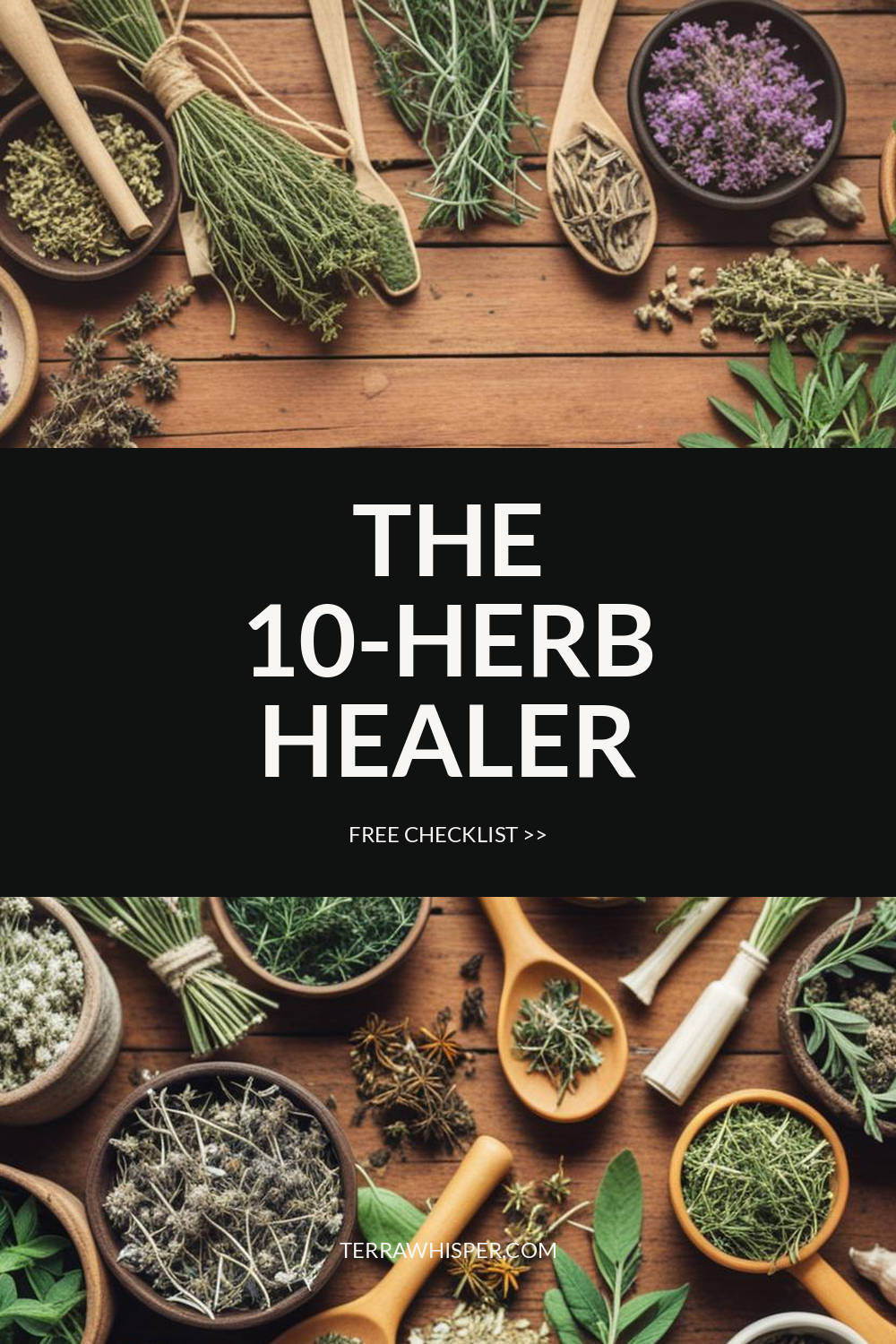Saffron Crocus (Crocus Sativus)
Information Reliability Score: 2/10
This score reflects the overall reliability of the information presented in this article. It is based on the quality of scientific evidence, accuracy of sources, and the transparency of references related to Crocus sativus.
Saffron Crocus, scientifically known as Crocus sativus, is a flowering plant prized for its medicinal, culinary, and aromatic properties. This delicate perennial herb, often referred to as a spice and adaptogen, is cultivated primarily for its vivid crimson stigmas, which are harvested by hand and used to produce saffron. The primary benefits of Saffron Crocus include its antioxidant, anti-inflammatory, and mood-enhancing effects, making it valuable in supporting mental health and reducing oxidative stress. Historically, it has been used in traditional medicine across cultures, such as in Ayurveda, Chinese medicine, and Middle Eastern practices, for treating depression, insomnia, and digestive issues. In modern wellness, saffron is incorporated into supplements and skincare products due to its unique compounds like crocin and crocetin, which contribute to its distinctive flavor and potential therapeutic applications. Its rarity, labor-intensive harvesting process, and rich history dating back thousands of years further highlight its significance as a precious natural resource.
FREE CHECKLIST
The Only 10 Herbs You Need to Heal 90% of Common Ailments.

